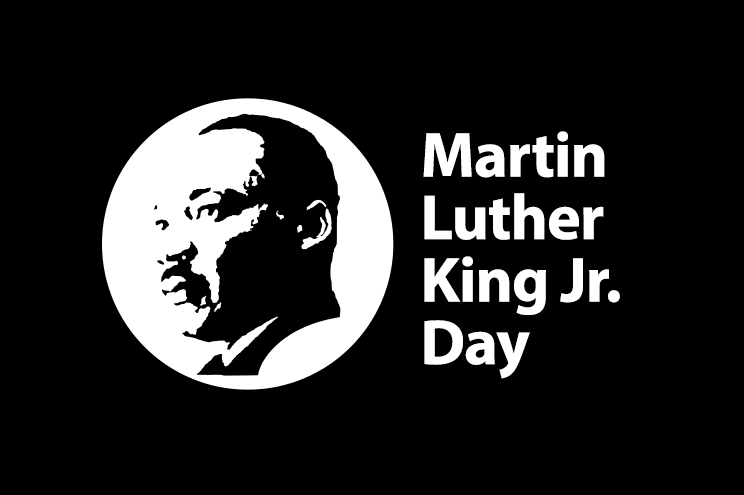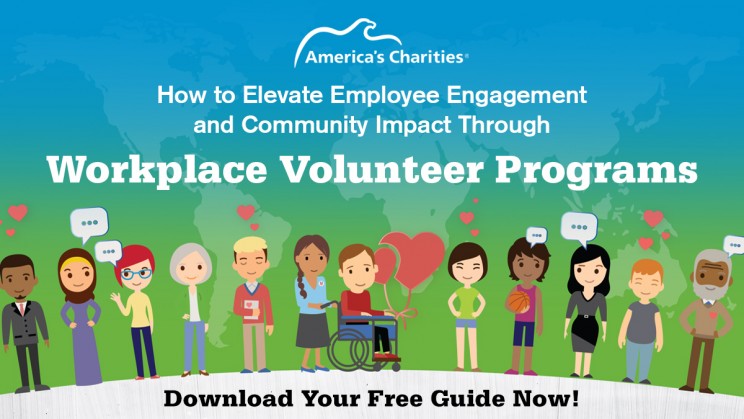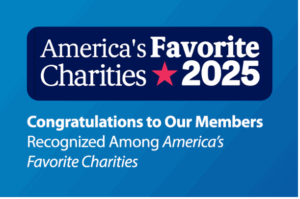Sarah Ford | January 6, 2025
How to Take Your Business’s Employee Volunteer Program to the Next Level
Click Here to Tweet This Message!
Whether your program was started 10 months or 10 years ago, periodically stepping back to take stock of your #EmployeeVolunteer program is important to align with your corporate vision and offer opportunities that make your program truly meaningful. https://impact.ac/3bdIh1I
Every year, millions of people come together to volunteer during the holiday season, on the federal Martin Luther King, Jr., Day holiday (which is also known as the MLK Day of Service), as well as during the month of April when individuals and organizations across the country celebrate National Volunteer Month. This generosity is a cornerstone of giving and it’s important to celebrate the impact volunteers have on our lives and encourages active volunteerism in generations to come, but volunteerism has to grow beyond those specific times of the year if we are to meet the critical needs of communities. Happily, employers across the country have come to understand the role they can play in supporting their employees who want to volunteer and building social impact through workplace volunteer programs.
Volunteering is the number one motivation for employee donors, even ahead of matching charitable contributions, so it’s not surprising to see more companies establishing employee volunteer programs as a way to engage employees and fulfill their community impact goals. As we have shared before, employee volunteer programs offer many advantages to employers and employees, including better recruiting top talent, increasing employee satisfaction and retention, focusing on employee wellness, developing skills, and much more.
Whether your program was started ten months or ten years ago, periodically stepping back to take stock of your corporate volunteer program is important to ensure you are aligning with your corporate vision and offering opportunities – to your employees and nonprofit partners – that make your volunteerism program truly meaningful. Workplace volunteer leaders should step back and ask, ‘What kind of impact is my employee volunteer program (sometimes called an EVP) actually having?’ ‘Are the outcomes what I expected – and what I want?’ ‘Why was my EVP initially started?’ ‘Does it still align with my company’s, employees’, and nonprofit partners’ values?’ ‘What opportunities do I have to expand my program and ensure meaningful, even transformational, experiences?’
How do you know if your program is falling short or needs a reboot?
If you notice that your program is experiencing one or more of the following conditions, it might be time to take a step back and revamp your program:
- Declining rates of employee participation
- Poor or declining scores on employee satisfaction surveys
- Nonprofit partners are declining to invite your company to participate in multiple engagements
- Employees have little or no say in identifying and planning volunteering projects
- Projects don’t align with your employees’ skills
- Projects don’t fully align with your corporate values
If your business needs to reboot its EVP, you have many options, as outlined in America’s Charities’ new guide, “How to Elevate Employee Engagement and Community Impact Through Workplace Volunteer Programs.” If your company is new to employee volunteering and has never had a program before, we recommend our guide, “5 Key Steps to Starting an Employee Volunteer Program” for tips and guidance on what to consider before you get started.
Offering a workplace volunteer program in and of itself will not serve as a magic elixir for improving employee satisfaction and burnishing your company’s brand. “Thoughtful planning and execution are essential to having a powerful impact on corporate culture and helping socially-minded companies make a major difference in their communities. The types of opportunities and incentives offered to employees, the frequency and duration in which opportunities are offered, and the technology and communications used to facilitate, track, and promote those opportunities all contribute to an employee volunteer program’s ultimate success and impact,” said Jim Starr, president and CEO of America’s Charities.
To embed social purpose throughout your business and to empower employees to be change agents in their community, your company needs to develop and carry out a strategy that is aligned with your organization’s values and goals, encourages employee ownership, enlists the right partners, and leverages the right technology. Click here for best practices and examples from corporate and nonprofit professionals who have authentically engaged employees and successfully derived meaningful impact through their volunteer programs and community partnerships.
Click Here to Tweet This Message!
The generosity of individuals volunteering during the holidays and on #MLKDay is a cornerstone of giving, yet volunteerism has to grow beyond those specific times of year if we are to meet the critical needs of communities. https://impact.ac/3bdIh1I #EmployeeVolunteer

Get Resources and Insights Straight To Your Inbox
Explore More Articles
Congratulations to Our Members Recognized Among America’s Favorite Charities
Each year, The Chronicle of Philanthropy releases its list of America’s Favorite Charities—the 100 nonprofits that raise the most from individual donors, foundations, and corporate…
Read ArticleThe Future of Corporate Giving: How Nonprofits Can Prepare
Corporate giving is a valuable part of the nonprofit funding ecosystem. Companies large and small have incorporated philanthropic efforts into their overall business plans, from…
Read ArticleJoin Us at the Workplace Fundraising & Volunteering Summit!
We’re excited to announce that America’s Charities President, Jim Starr, and Board Member, Fernando Lorence of JP Morgan Chase, will be speaking at the Workplace…
Read ArticleGet Resources and Insights Straight To Your Inbox
Receive our monthly/bi-monthly newsletter filled with information about causes, nonprofit impact, and topics important for corporate social responsibility and employee engagement professionals, including disaster response, workplace giving, matching gifts, employee assistance funds, volunteering, scholarship award program management, grantmaking, and other philanthropic initiatives.





